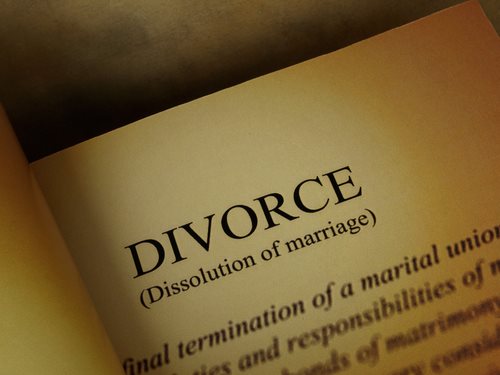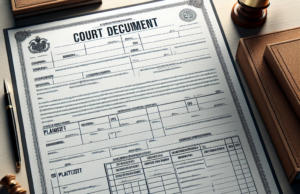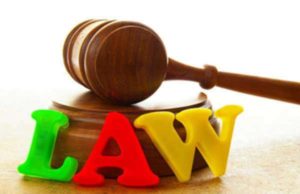Knowing The Kinds Of Divorce Preparations

Because of the frequency of divorce in this country, many couples prepare for a potential filing for divorce before they are even married.
Some couples enter into prenuptial or post-nuptial agreements, that are meant to make determinations for expectations and responsibility during marriage and divorce.
In addition to outlining expectations during the marriage, couples outline the distribution of property and assets in the event of a divorce hearing.
Couples can also make allowances for support payments in those agreements. The agreements also dictate individual responsibility for debt during marriage and divorce.
However, many couples enter into marriage and divorce in the absence of either agreement. Yet, couples that divorce will eventually take part in divorce agreements
In addition to divorce agreements, couples can prepare for divorce on their own. Individuals should give careful consideration to many factors before the divorce takes place.
For example, couples should open individual bank accounts if divorce is an impending possibility.
Also, individuals can get safe deposit boxes and a post office box to ensure that all correspondence and documents can be kept confidential.
It is also advised that individuals remove their spouse’s name from credit cards.
In essence, individuals should be sure that they have access to some financial assets, or they could find themselves without any money until after the process is over.
In fact, spouses have frozen assets to prevent their partner from having access to money.
Once the divorce proceedings have begun, couples must begin to consider their that make similar allocations.divorce agreements.
Couples that have children should give careful consideration into entering into a parenting agreement before their case gets to court.
These agreements can allow parents to come to a mutual understanding, without any court interference.
This can be helpful for couples that have mutually agreed to end the marriage and divorce is very likely in the immediate future.
In fact, couples can add their parenting agreement to their divorce agreements.
Marriage and divorce both deserve careful consideration by both parties. Once a couples has decided to part ways, great consideration needs to be given to their divorce agreement.
In fact, divorce agreements can help couples to have a better understanding of what will happen after the marriage has ended.
A divorce agreement may include provisions for children, yet, many couples fail to consider such provisions as international travel with the child.
In fact, many couples find that they have to add provisions at a later date.
Divorce agreements are vital to continuing whatever stability families have after divorce and the document protects the rights of all involved parties.
















